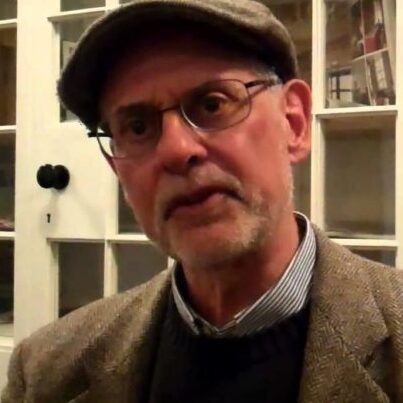Are you wondering how you can break out of writing brief news items into writing longer, more engaging narrative articles? Mark Kramer, the founding director of the Power of Narrative conference, focused a breakout session at this year's virtual conference on a tool that is crucial for moving from straight news to narrative: voice.
Newspapers in the United States all speak with more or less the same voice, and have for decades. “It’s the voice of authority,” Kramer says. It’s an official voice that every reporter adopts to show that they are not speaking for themselves, but for the organization, he says. That institutional voice doesn’t offer much emotional range.
Related Reading
That voice is fine in its place, Kramer says, but when writing narrative journalism, the voice of the story must invite you to read it “with your soul wide open, as you would reading a poem or listening to a friend.” The narrative journalism voice offers vivid detail, has a range of emotions, and shows empathy. As an example of that voice, Kramer read a short section from John Hersey’s “Hiroshima.”
“Hersey weaves in, rather than sets aside, his compassionate understanding,” Kramer says. “He paints painfully vivid scenes, interspersed with informational asides addressed directly to the reader.” Taken together, Kramer says, Hersey used these qualities to create a voice that was a simplified version of himself, but one we recognize as a humane guide, “one of us who had gone and had a look at the horror.”
A test for an engaging voice
Throughout the 1960s and 1970s, the voice of narrative journalism grew more informal and personal, Kramer says. For journalists wondering how they can tell if a sentence is too formal, Kramer offers the “comma Mary test” that he learned from Bruce DeSilva, a 40-year journalist who now writes thriller fiction.
“A fire today on the corner of Third Street and Elm, Mary,” doesn’t work, Kramer says. It’s too formal to be something you would say to another person. What does work: “I saw a cat jump out of the window of a house that was on fire, Mary.”
Still, there is an artfulness in creating a voice which, Kramer says is not the voice of the author but rather a simplified persona. He also says that it’s the only part of a narrative journalism piece that you can make up.
For example, many works of narrative journalism start in a voice of wide-eyed wonder. The author sets out to answer a question. What happened? Or, how does this work? “Of course, by the time they sit down to write, the writer already knows,” he says. “They are writing now as that writer who was still learning.”
Moderate voice to fit the tone of a piece
Kramer preaches restraint when it comes to creating that voice. He says a “flashy voice,” like that of gonzo journalist Hunter S. Thompson, “is only of use when you need a cool guy on the premises. But it’s not good for most things.”
Show just enough of yourself so that the reader can see that you are compassionate and aware, Kramer says. Creating a voice is a series of subtle gestures with the power to establish your relationship with the reader. Without the right voice, even the most detailed report will never become a well-told story: “Whenever I write something that doesn't work, I think about voice.”
On a personal note: I decided to do the same here and was able to take the formality of this article, which I think is still fairly formal, down a notch. I hope it worked for you, Mary.
You can watch the full session with Kramer here:
***
Madeline Bodin is a freelance environmental and science journalist based in Vermont.



